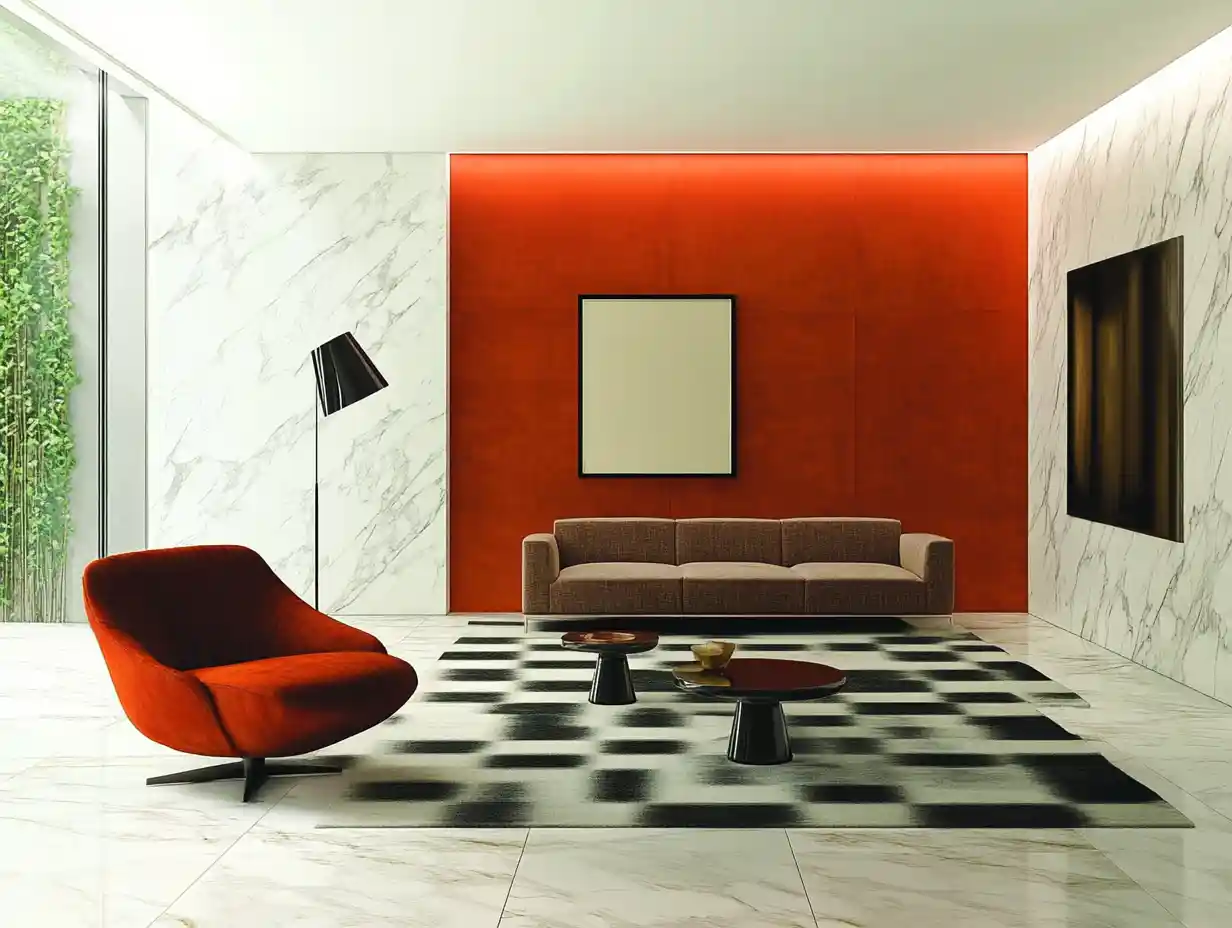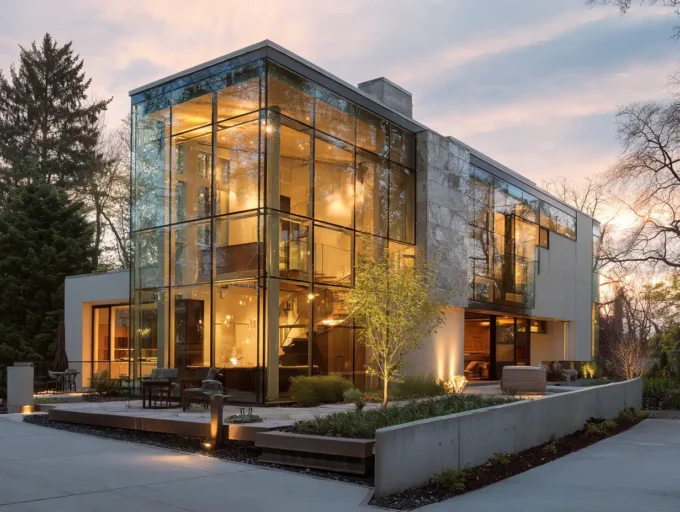Creating stunning spaces isn’t just about filling a room with furniture; it’s about crafting an environment that reflects our personality and meets our needs. Whether we’re redesigning a cozy living room or a modern office, the right furniture and design tips can transform any space into a breathtaking masterpiece. With a keen eye for detail and a touch of creativity, we can turn even the simplest of spaces into something extraordinary.
In the world of interior design, it’s essential to balance aesthetics with functionality. We need to consider how each piece of furniture interacts with the space and its users. By exploring innovative design ideas and understanding the latest trends, we can create spaces that are not only visually appealing but also practical and inviting. Let’s dive into some expert tips and tricks to help us achieve the perfect blend of style and comfort in our homes and offices.

Understanding the Basics
Creating spaces that captivate begins with understanding foundational principles. Interior design isn’t just about visual appeal; it includes functionality and comfort. Consider room size, natural light, and architectural elements as the first step in any design process.
Room size impacts furniture selection. Choose items that fit comfortably, allowing for easy movement. Oversized furniture can make a room feel cramped, while too small pieces may feel incomplete.
Natural light influences color choice and material selection. Lighter shades and reflective surfaces maximize brightness, making a space feel more open. Consider how light changes throughout the day to keep the ambiance consistent.
Architectural elements like windows, doors, and beams provide both opportunities and constraints. Use these features to enhance room flow and highlight focal points, ensuring a seamless integration of aesthetics and structure.
We achieve balance through thoughtful planning and attention to detail. Understanding these basics sets the groundwork for stunning spaces that reflect our unique style.
Choosing the Right Furniture
Choosing the right furniture is foundational in creating stunning spaces. Our decisions should reflect aesthetics, functionality, and fit within the spatial context.
Assessing Room Size and Layout
Room dimensions directly influence furniture choice. We should measure spaces and plan layouts before purchasing. Larger rooms may accommodate more substantial pieces like sectional sofas, while compact areas benefit from multifunctional furniture like extendable tables or wall-mounted shelves. Balancing furniture size with room dimensions maintains a harmonious look without overcrowding.
Selecting Materials and Textures
Furniture materials and textures enhance a room’s ambiance. Our selection should align with the overall design theme and durability requirements. For modern spaces, materials like metal and glass provide sleek aesthetics. Rustic designs benefit from natural woods and woven textiles, creating warmth. We consider lifestyle factors like pets and children when choosing materials to ensure they meet both aesthetic and practical needs.

Interior Design Principles
Establishing a stunning interior requires understanding foundational design principles. These principles guide us in creating harmonious and functional spaces.
Balance and Symmetry
Balance in design ensures visual stability. We achieve this by arranging elements so that no one part overpowers another. Symmetry offers a classic approach to balance, where identical elements on either side of a central line create a mirror image. Asymmetrical balance, on the other hand, mixes different items of similar visual weight for a dynamic yet balanced setting. For instance, pairing a large sofa with two smaller chairs maintains balance without reliance on symmetry.
Color Coordination
Color coordination influences mood and perception. We use it to define a room’s character and enhance its functionality. Neutral palettes offer versatility, allowing for easy updates with colorful accents. Complementary colors create contrast and vitality when used thoughtfully, while analogous schemes provide subtle harmony through closely related hues. In spaces needing relaxation, such as bedrooms, cooler colors like blues and greens promote calm.

Incorporating Functional Design
Functional design ensures that every element in our living space serves a purpose beyond aesthetics. By incorporating multi-purpose furniture and smart storage solutions, we enhance utility and style, optimizing every square inch.
Multi-purpose Furniture
Multi-purpose furniture provides flexibility and maximizes usability. For example, sofa beds offer seating by day and transform into beds at night, perfect for guest rooms or studio apartments. Extendable dining tables accommodate additional guests during gatherings while maintaining manageable dimensions daily. Modular shelving systems, which can be reconfigured or expanded, adapt to our changing needs and spaces.
Storage Solutions
Effective storage solutions reduce clutter and improve organization. Built-in shelves capitalize on vertical space, creating storage without consuming floor area. Under-bed compartments and storage ottomans offer hidden options for stowing away off-season clothing, bedding, or other rarely used items. Wall-mounted hooks and pegboards in kitchens or garages provide easy access to tools and utensils, keeping surfaces clear and functional. By integrating thoughtful storage into our design, we maintain an aesthetically pleasing environment while ensuring everyday practicality.
Adding Personal Touches
Adding personal touches to our spaces transforms them into true reflections of our identity. This involves incorporating elements that resonate with us and creating unique environments tailored to our preferences.
Customized Decor
Incorporating customized decor ensures our spaces truly reflect our personality. We can achieve this personalization through various means:
- Personalized Textiles: Custom-made curtains, pillows, and upholstery allow us to choose colors, patterns, and fabrics that resonate with our aesthetic.
- Bespoke Furniture: Tailored furniture pieces provide functionality and uniqueness, adapting to our specific needs and tastes.
- Accent Walls: We can paint or paper accent walls with images or colors significant to us, creating a focal point that expresses our individuality.
By incorporating these customized elements, our spaces not only become more functional but also more meaningful.
Art and Accessories
The inclusion of art and accessories breathes life into our spaces, imbuing them with character and charm. We can achieve this through:
- Personal Art Collections: Our chosen artworks, whether paintings, photographs, or sculptural pieces, reflect personal preferences and evoke emotions.
- Unique Accessories: Decorative items, such as vases or artifacts, introduce texture and intrigue, creating a layered and dynamic environment.
- Sentimental Objects: Family heirlooms or travel souvenirs can be strategically displayed to remind us of cherished memories and shared experiences.
By thoughtfully selecting art and accessories, we ensure our spaces are not only visually engaging but deeply personal.

Enhancing Lighting and Ambiance
Lighting plays a crucial role in setting the mood and enhancing the ambiance of our spaces. By considering both light sources and reflective elements, we can transform even the simplest settings into stunning environments.
Natural vs. Artificial Lighting
Natural light brings warmth and vibrancy, positively affecting mood and energy levels. We maximize its entry by using large windows, sheer curtains, or skylights. Placing furniture strategically near light sources ensures optimal illumination throughout the day.
Artificial lighting complements natural light and serves various functions. Ambient lighting provides overall brightness, task lighting offers focused illumination for specific activities, and accent lighting highlights architectural features or decor. By layering these types, we achieve a balanced and dynamic lighting scheme.
Using Mirrors and Reflections
Mirrors and reflective surfaces enhance light distribution, making spaces appear larger and brighter. We position mirrors opposite windows to amplify natural light and strategically place them to create focal points or define areas.
Reflective materials, such as glass or metallic finishes, add depth and dimension. We incorporate these into furniture and decor to create subtle reflections that contribute to the room’s ambiance. These elements, when thoughtfully selected, enrich our space by adding character and charm.
Conclusion
With careful planning and attention to detail, any space can become a stunning reflection of our personality and needs. Thoughtful selection of furniture, alongside innovative interior design principles, transforms rooms into harmonious blends of style and functionality. By integrating essential design elements like symmetry, color coordination, and functionality, we create environments that are both aesthetically pleasing and comfortable.
Our understanding of foundational principles, such as room size, natural light, and architectural elements, enables us to make informed choices in furniture and decor. For instance, larger rooms benefit from substantial pieces, while smaller spaces thrive with multifunctional furniture. Incorporating personal touches, such as art and customized decor, ensures our spaces are unique representations of our identity.
Lighting plays a crucial role in enhancing ambiance and mood. Balancing natural and artificial lighting, with ambient, task, and accent light layers, enriches the overall feel of a room. Strategic use of mirrors and reflective surfaces further amplifies light and space.
By employing these insights and tips, we craft environments that are not only stunning but practical and personalized. Our spaces become true reflections of ourselves, capturing both our style and comfort needs.
- contemporary design style
- cozy living room ideas
- decorative furniture ideas
- design your home
- eco-friendly interior design
- feng shui furniture placement
- home aesthetics
- home office design
- luxury furniture designs
- minimalist design tips
- personalized home decor
- rustic interior design
- small space design solutions
- space-saving furniture
- vintage home decor tips















Leave a comment